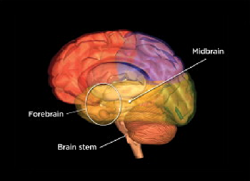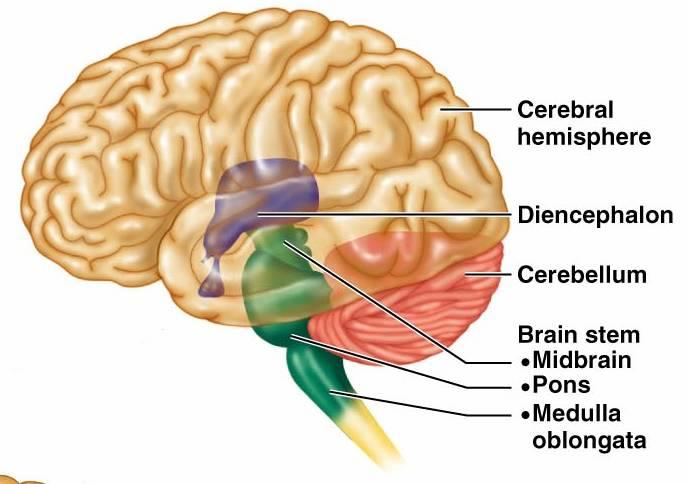
The lateral surface of the STG is thought to be the secondary auditory cortex that also functions in interpreting sounds, but mostly in the activities that involve task requirements. Researchers found that this process is not a simple task, but moreover, it is a complex task that is distributed all over the brain. The primary function of this area is the phonological representation, a process where the pronounced word is interpreted based on their tones and sound and trying to link it to a previously learned sound. The STP has another important area next to the HG called Wernicke’s area. In the past, this area was thought to have a significant role in speech perception and comprehension, but recent evidence shows that this area is not involved in this process. It is responsible for translating and processing all sounds and tones, and it is minimally affected by task requirements. Task requirement: a test where the examiner pronounces some words and asks the participant to categorize them acoustically, or phonemically, or semantically. The most significant anatomical landmark in STP is the Heschl gyrus (HG) which contains the primary auditory cortex. The STP is located deep in the Sylvain fissure. It is important for breathing, blood pressure and how the body reacts to danger.The superior temporal gyrus (STG) is further sub-divided into two surfaces, the dorsal surface (superior temporal plane STP) and the lateral surface of the STG. The hypothalamus controls appetite, thirst and body temperature, and produces hormones that control the release of other hormones in the pituitary gland.Īt the base of the brain is the brainstem. The thalamus moves information to and from the lobes, and controls movements and memory. The occipital lobes are vital for being able to see clearly.ĭeep inside the brain are the thalamus and the hypothalamus.The parietal lobes play an important part in taste, touch, temperature and pain, and also in the understanding of numbers, awareness of the body and feeling of space.

The temporal lobes play an important part in memory, hearing, speech and language.The frontal lobes control movement, speech and some of the functions of the mind like behaviour, mood, memory and organisation.It is divided into left and right hemispheres, linked by a band of nerve fibres in the centre of the brain called the corpus callosum.Įach hemisphere is divided into 4 lobes, or sections, which are all connected. It controls intelligence, memory, personality, emotion, speech, and ability to feel and move. The cerebrum is the largest part of the brain. These include the cerebrum, the cerebellum, the thalamus, the hypothalamus and the brainstem. The brain and spinal cord are protected from damage by a clear liquid called cerebrospinal fluid, 3 layers of membranes called the meninges, and the hard bones of the skull and backbone. They are coated in myelin, which is a fatty insulation. White matter is made up of axons, which are long cords that extend from the neurons. Grey matter is made up of neurons, cells and blood vessels. The tissue of the central nervous system is made up of grey matter and white matter. The neurons are arranged in networks that carry electrical or chemical messages to and from the brain. The nervous system is made up of basic units called neurons. What are the parts of the central nervous system? Nerves also connect the spinal cord to a part of the brain called the brainstem. It carries messages to and from the brain via the network of peripheral nerves connected to it. The spinal cord is an extension of the brain.


The brain controls most of the functions of the body, including awareness, movement, thinking, speech, and the 5 senses of seeing, hearing, feeling, tasting and smelling. The central nervous system is the body’s processing centre. The other part is the peripheral nervous system, which consists of nerves that connect the brain and spinal cord to the rest of the body. It is one of 2 parts of the nervous system. The central nervous system (CNS) is made up of the brain and spinal cord.


 0 kommentar(er)
0 kommentar(er)
